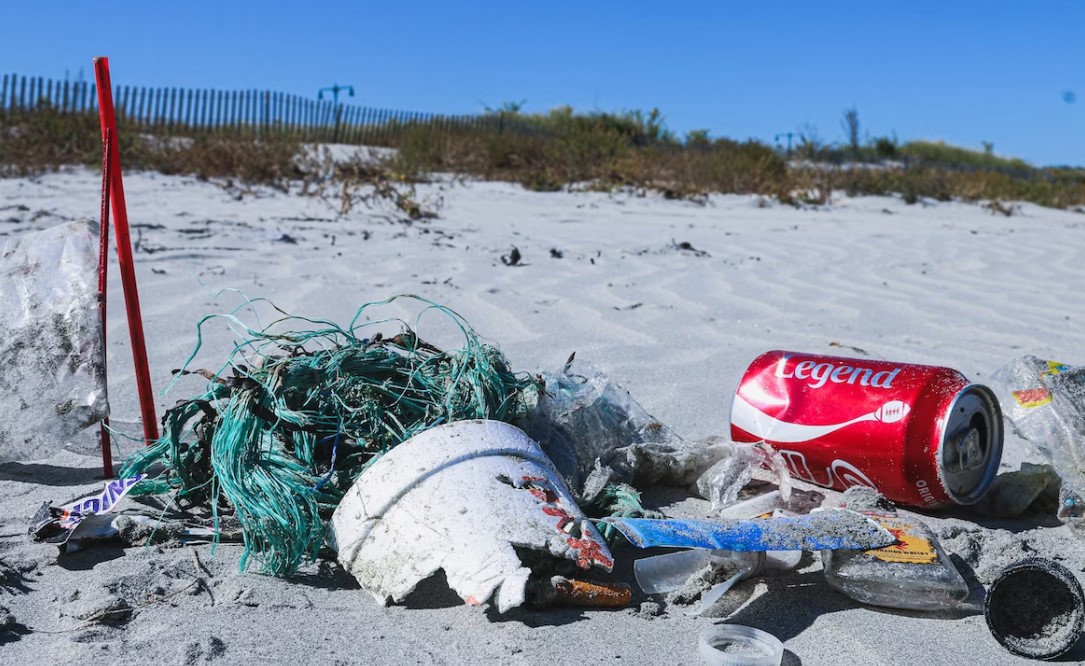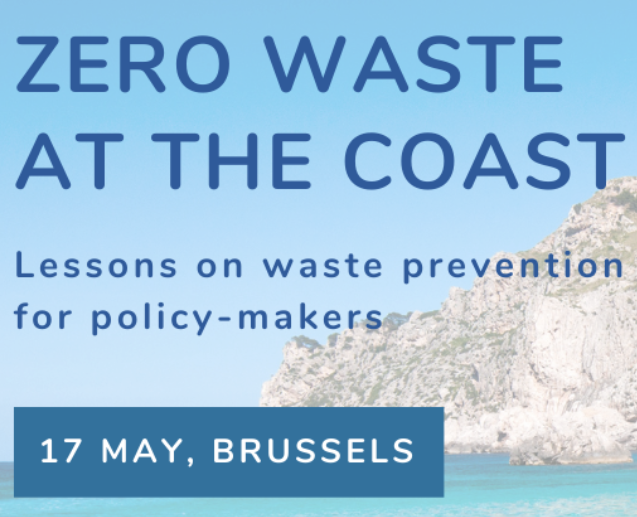Fabienne McLellan is Co-Director of International Relations and the Plastic Programme Lead at OceanCare, a Swiss based marine conservation organisation. In her blog, she talks about the way plastics are currently dealt with in Switzerland and why the Alpine republic is a prime example to show the importance of regulation to prevent the abundant use of plastics.
The widespread image of Switzerland is often associated with pristine nature, order, and cleanliness. We Swiss hail ourselves as world champions of recycling. Over 50% of household waste is collected and recycled, and over 80% of PET bottles are returned to collection points. Our waste infrastructure is interconnected and efficient, producing high-quality recycled material.. With a small surface area and a daily avalanche of waste to deal with, it is not surprising that Switzerland has disciplined clean-up, state-of-the art incineration and recycling systems. However, those latter two “beasts” need to be fed inexorably so that the plastics crisis can continue to stay out of sight and out of mind.
And we oblige: With 709 kg of household waste per person per year (20% of which is plastic), Swiss citizens are the third largest waste producers in Europe. Every year around 14,000 tonnes of macro- and microplastics find their way into the soil, surface waters and their sediments. Most of this plastic input comes from tyre abrasion (around 8,000 tonnes) followed by littering (around 2,700 tonnes). According to the Swiss Litter Report, a citizen-science based initiative, a staggering 10-13 tonnes of plastic waste ends up on our lakeshores and riversides every month, costing the authorities 200 million Swiss Francs (182 million EUR approx) per year.
The Swiss Plastic System: Linearity vs. circularity
Based on a recent report published by the Federal Office for the Environment (FOEN, 2020), the Swiss Plastic system is predominantly end-of-pipe oriented. According to estimations, 1 million tonnes of plastic are consumed in Switzerland every year - meaning the average consumption of plastic is 127 kg of per person. This is high, especially compared to the average within Europe of approximately 100kg. Based on the overview from 2010, approximately 43% of the 1 Mt of plastics were used for less than one year before they became waste. Only 19% of plastic waste is subject to sorting, which in turn means that only 10% are actually recycled.
The image therefore, of being “world champions in recycling,” is a far cry from reality.
All this is in contrast to the 90% of plastic waste that is incinerated in one of the country’s 30 waste incineration plants or in cement works. While much attention goes to end-of-pipe solutions at the final stage of the life cycle, less consideration is given to plastics production, usage, re-use or recycling. This impedes Switzerland’s transition to more circularity, as is happening elsewhere in the EU.
The Swiss Plastic Policy: voluntarism vs. regulation
While the EU's Member States are rushing to implement the Single-Use Plastics Directive nationally in accordance with the 3rd July 2021 deadline, the Swiss model is lagging far behind in imposing any form of plastics regulation. Its pursuit of incineration is however a continued barrier to systemic change. Switzerland does not currently have legislation in place that specifically addresses plastic. Some possibly pertinent rules to govern plastics do exist, however, they are dispersed across the board and are severely fragmented.
Another predicament is that the Federal Council does not seem eager to pursue regulatory measures to deal with the scourge of single-use plastic items, but rather believes that the economic sector should pursue voluntary measures to self-regulate the use of single-use plastic products.
However, some positive developments have happened over the last years in terms of re-use systems or other initiatives by the private sector. It is also worth noting that the city of Geneva has implemented a ban on the use of single-use plastic products in its public domain. Nevertheless, plastic consumption remains high. Also, with such absence in regulation, this provides fertile ground for false solutions, such as innovations and technological approaches to experiment with bio-based materials for plastics, rather than tackling the problem at its root. Prevention is key.
Clearly, Switzerland has been sitting on the fence long enough, cherry-picking its measures in line with a dominant liberal world perspective. With the EU and its Member States leading the way in terms of ambition and with local developments taking shape in Switzerland in terms of bans, these could create momentum towards a more coherent federal, systemic and regulative approach that significantly reduces disposable plastic in Switzerland. As a Swiss, I would wish for a more meaningful effort to tackle the issue of plastic pollution. Switzerland can do so much better, and we must do more.










